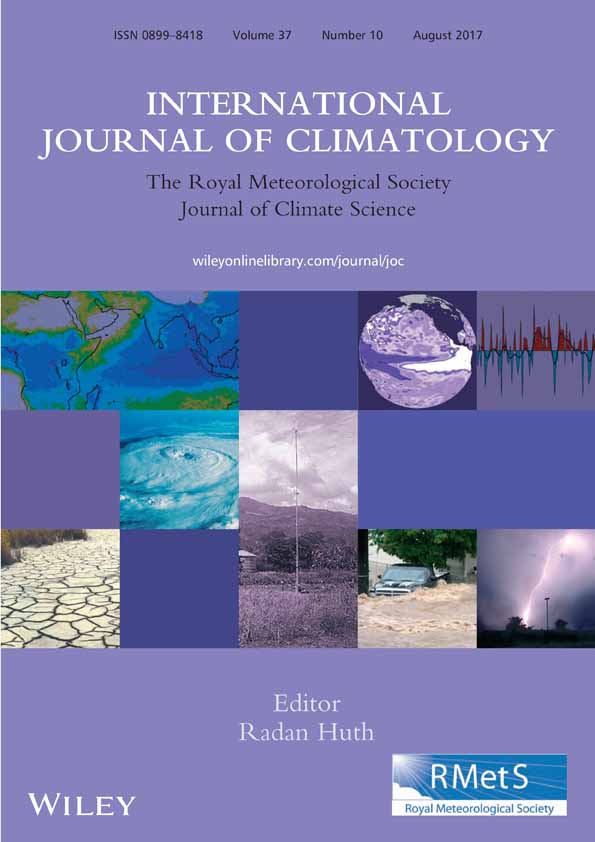


Abstract: Station‐based observed precipitation data are available in a limited way and only at low spatial resolution. High‐resolution satellite rainfall products can help to monitor precipitation changes over large areas. The Tropical Rainfall Measuring Mission 3B43 (TRMM 3B43) precipitation data with coarse spatial resolution and low data accuracy are capable of depicting the spatial variability of precipitation, but fail to estimate the accurate magnitude. These data available in Xinjiang, China, need to be evaluated, especially because Xinjiang has a complex terrain and application of such data becomes a challenging task. Based on the relation between precipitation and normalized difference vegetation index (NDVI), a proxy for vegetation, a new statistical downscaling algorithm is proposed in this study. The calibration was based on geographical difference analysis (GDA) and the monthly fractions derived from the un‐calibrated TRMM data can be used to disaggregate high‐resolution annual precipitation to high‐resolution monthly precipitation. The accuracy of downscaled TRMM precipitation was evaluated based on station‐based observed precipitation for a period of 1998–2010. Results indicated that: (1) optimal relations shown by R2 between TRMM precipitation and NDVI at different temporal and spatial scales were different: the largest R2 value was 0.69 for the period of 1998–2010 at a spatial resolution of 1.00° × 1.00°, was 0.70 for the dry year (2001 in this study) at a spatial resolution of 0.75° × 0.75°, and was 0.67 for the wet year (2010 in this study) at a spatial resolution of 1.25° × 1.25°; (2) the downscaled TRMM precipitation data obtained using NDVI described spatial patterns of precipitation reasonably well at a spatial resolution of 8 km × 8 km with more detailed information when compared to the raw TRMM precipitation at a spatial resolution of 0.25° × 0.25°; (3) the downscaled TRMM precipitation with GDA calibration, PDSGDA, can exclude the regions with irrigation‐ and/or ground water‐induced vegetation coverage. Therefore, PDSGDA obtained in this study can be regarded as estimated alternative precipitation data across Xinjiang for management of water resources and agricultural irrigation activities.
Downloading PDF